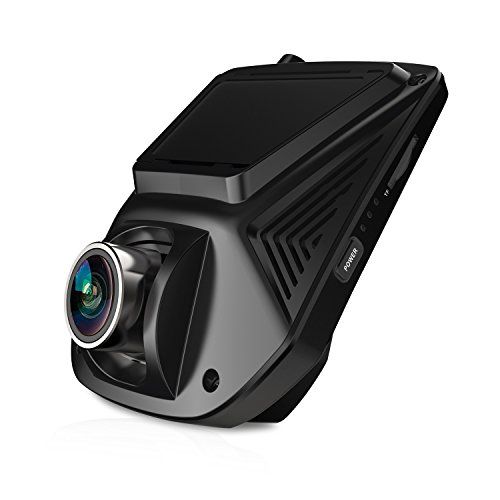Abstract
Police use of body-worn cameras and dashboard cameras has been on the rise within different law enforcement departments and organizations or agencies. The supporting rationale is the perceived benefits both for the public and the officers as they serve as crucial sources of evidence for solving criminal cases. These cameras have been used with the goal of trying to reduce complaints against officers. The paper provides a background illustrating a detailed overview of the issue and its related history. The literature synthesizes different pieces of literature and consolidates them into critical information that address the main research area by comparing and contrasting different perspectives of authors or researchers and identifying the main arguments through critical evaluation. The methodology section outlines the approaches used in identifying the most valid sources of materials and the methods used within the materials to develop substantial conclusions and provide diverse information pools. The discussion section highlights the major findings of the examined literature.
Background
In the recent past, civilians have increasingly presented reports of police mishandling or harassment from the police. Still, their allegations have not been addressed adequately due to the absence of proof. In other cases, there have been cases whereby police officers have been falsely accused of misconduct or the lack of transparency in their dealings with the public, but the cases have been invalidated since there is zero proof to indicate that the interaction occurred and a person did or said what they are accused of (Department of Justice, 2019). Therefore, there has been a rapid increase in the number of state law enforcement agencies that consider body-worn cameras and dashboard cameras to be effective in improving the law enforcement process in the US. Similarly, the Department of Justice has embraced a plan that can support the funding initiative to increase the availability and accessibility of body and dash cameras among police officers (Department of Justice, 2019). Civilians have further presented numerous claims of lacking the right approaches to use in holding police officers accountable and keeping them in check according to their behaviors during different interactive periods with civilians. Hence, suggesting the use of body and dash cameras seems to present a valid point of reference and a system that can be used both by civilians and people in higher positions within law enforcement agencies to understand the conduct of their officers better whenever they are in the line of duty (Hung, Babin & Coberly, 2016).
Body-worn cameras (BWCs) are small video cameras that are usually attached to an officer’s clothing, protective helmet or sunglasses so that they can capture ongoing activities within the surrounding from the perspective of the officer, and mostly in a discreet manner. The data or information captured by the camera is usually varied and can include scenes of interrogation, arrests, searches, and other critical incidents such as shooting (Hung et al., 2016). Dash cameras are small cameras installed within the dashboards of police vehicles in positions that allow for recording the ongoing proceedings. ……………………………

